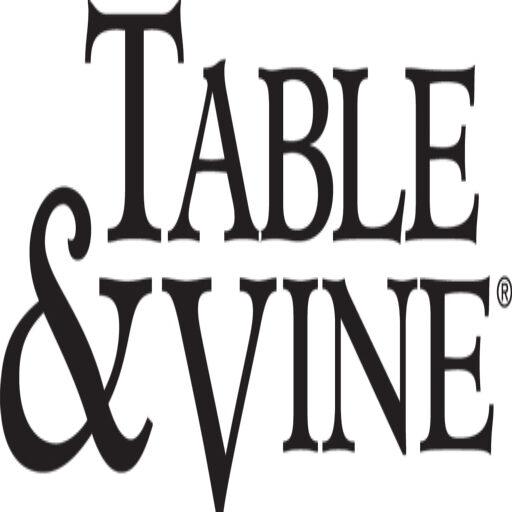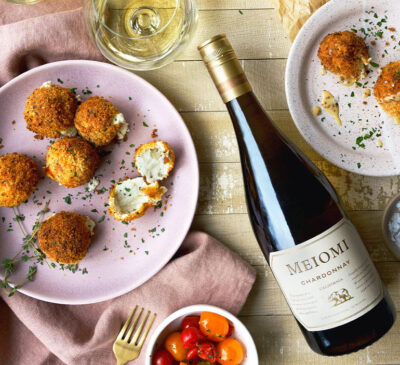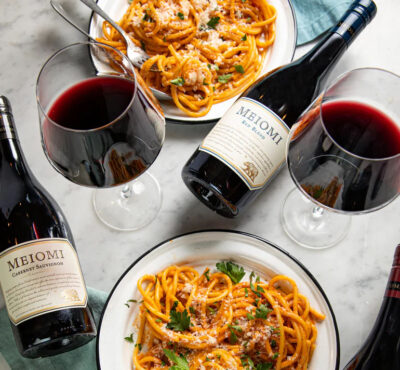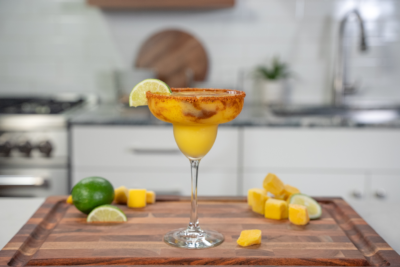Sparkling Wine Differences
The definition of sparkling wine is exactly what it sounds like, wine with carbonation. They are made all over the World, with different grape varieties and different methods, there are so many variations on that that need explaining.
Let’s start with the most important type of Sparkling Wine, Champagne. It’s true that Champagne is the name of the Sparkling Wines produced in the Champagne region of Northeast France. These are made by the “Champagne Method” indicating that the secondary fermentation took place in the very bottle the wine is sold in. Throughout the world you’ll see high quality versions of Sparkling wine made following the traditional method, it really produces great quality and just the method lends itself to the creation of complexity in the wine. After the secondary fermentation the wines must be aged for 15 months before they can be sold, this aging creates complexity and gives the bubbles finesse (see blurb on bubbles).
Other famous types that are produced by the traditional method are any French Sparklers identified as Cremant, Spain’s Cava, Italy’s Alta Langa and Franciacorta, you will also see sparkling wines from America made by this method, almost all indicate on the bottle when they are made by the traditional method.
In Italy sparkling wine is made in both fully sparkling (spumante) and lightly sparkling (frizzante) styles. Of course, Prosecco is the most popular type of Sparkling wine produced in Italy, these are most often made by the Charmat method.
A BLURB ON BUBBLES– we often hear people talk about how elegant sparkling wines are when the bubbles are small. Almost all bubbles start out the same, which is to say large, but as a wine ages the bubbles become finer. With Champagne’s aging requirements this begins happening well before the wine is commercially offered. That aging time is built in for the wine to refine.
Sparkling Wine Fermentation Glossary-
Traditional Method- the globally accepted name for the Champagne Method. This is two different fermentations, the first is the conversion of sugar to alcohol, like all wines. The second fermentation is after the wine is bottled, a small amount of sweet wine is added before capping the bottle and encouraging fermentation to begin again, the byproduct of fermentation is Carbon Dioxide, the CO2 is trapped in the wine, those are the bubbles. The wine is then disgorged.
Disgorgement– the wine is left upside down to settle, the yeast drops to the cap, then they pop the cap, the yeast shoots out and the wine is resealed with the Champagne cork, and is ready for sale.
Charmat– this is a process where after fermentation the wine is put into large stainless-steel tanks, those tanks are pressurized adding the bubbles.
Petillant Naturel- French for “naturally sparkling,” the wine is bottled during the first fermentation, and similarly to Champagne’s secondary fermentation the CO2 is trapped in the wine creating sparkling wine.





